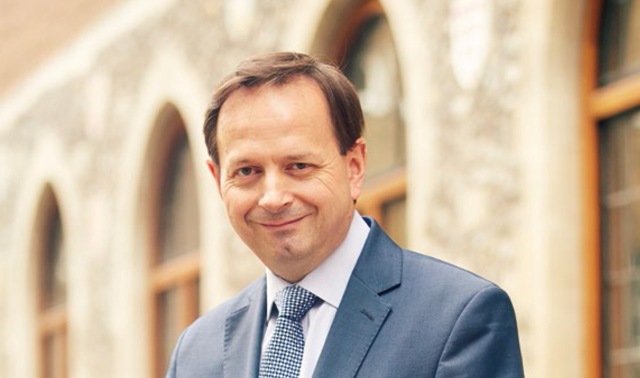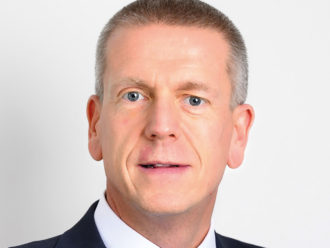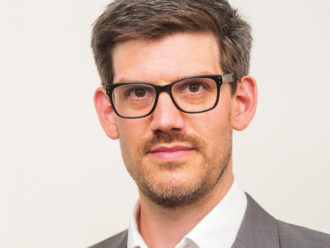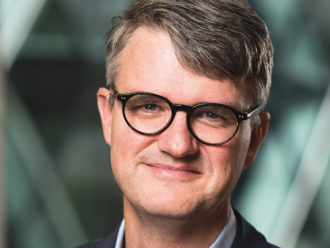Is there a risk that you end up lending to companies you might be uncomfortable with from an ethical perspective?
We’ve spent quite a lot of time devising a process whereby we ensure that we wouldn’t do that. We very much rely on ASL to do the due diligence on the companies’ ability to repay, but also for them to be very aware of what our ethical requirements and restrictions are – it’s something we take very seriously. We’ve had two or three instances when they’ve said to us, “We’ve got this company we’d like to lend to. How does it look?” We know what the pipeline looks like, but if they have something that they think is a bit borderline, then they’ll seek our approval.
It’s early days clearly, but what’s the projected return on a strategy like this and what are you hoping for?
We’re looking for about 7% per annum at the moment. Currently new loans are going for about 6-6.5% over Libor. The beauty of this kind of investment is that in the short term you can have quite a good degree of certainty over the outcome.
Am I right in thinking the US corporate loan investment was a couple of years in the making?
Yes, it took a long time to do, and quite a lot of it was in setting up the ownership structure for it. We wanted to have as transparent as possible an ownership structure, so we opted for an English Limited Partnership. So we own the general partner, which then appoints the manager to run the limited partnership, which is our commercial investment. We wanted something transparent and the English legal partnership gives us that. This is also a tool that we can use for any future investments.
What type of infrastructure are you investing in?
It sounds quite wide-ranging. The infrastructure allocation covers anything from core, like brownfield utilitytype businesses, right over to things which are probably on the less volatile edge of
private equity. It’s direct infrastructure investment, but it’s through a pool. The obvious reason being those lot sizes, and the internal expertise you need to do it, are not available to us. At the moment, we are invested only in European projects, but we are looking to expand that. ‘Global’ is slightly misleading in the sense that Asia is perhaps still quite a fledgling market, so it’s tending to be Europe and America that are the main markets. But we will be looking to appoint global managers in the future.
What about UK infrastructure – are there enough opportunities in the domestic market?
We are not explicitly investing in the UK although we do have some UK infrastructure investments as part of European allocations. Generally, when we award mandates, we try to make them as broad as possible to give the manager the opportunity to make the most within the area they specialise in. We’d probably take the view of infrastructure that it’s fine to invest in UK if that’s the best
opportunity, but not if there’s a better one elsewhere.
I think there are quite a few opportunities in the UK, but they have tended to be overpriced as there is a lot of demand. My perception is that a lot of local government schemes have been pursuing those domestic opportunities because some of them have a direct remit to invest more locally. The UK market is quite well-developed and so I think the prices are looking pretty full, generally. That’s arguably the case for Europe as well, but there are probably still more opportunities there.
Do you plan on increasing the allocation to infrastructure?
Yes, we had a target of 6% and we’re going to go to 10%. We are actually at 4.1% at the moment because it’s quite slow for the money to be planted. So even though we committed to our first fund over four years ago, that’s actually only just become fully invested, and our second investment is still only about two-thirds drawn.




